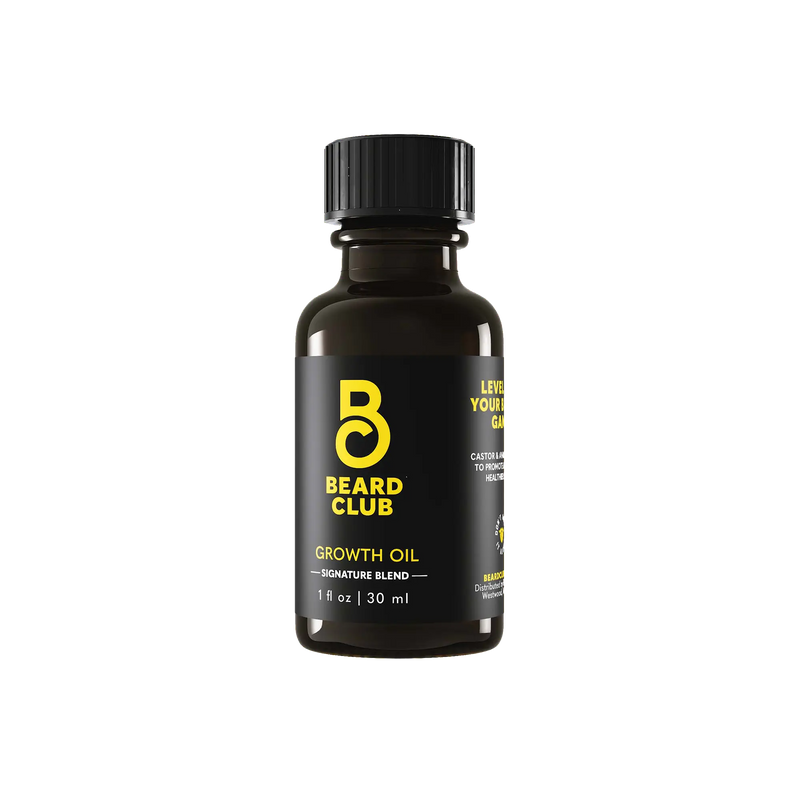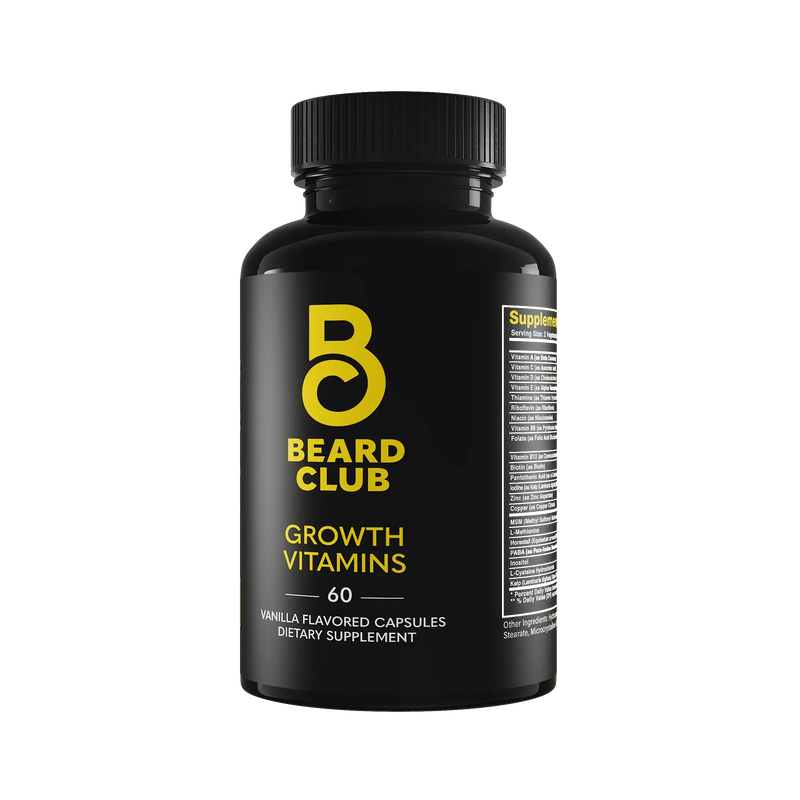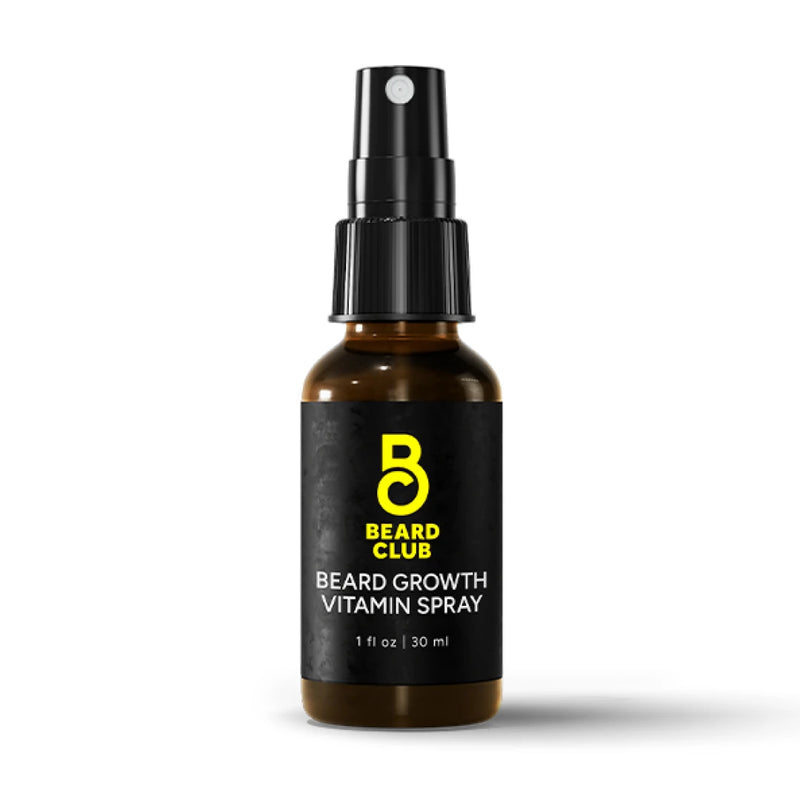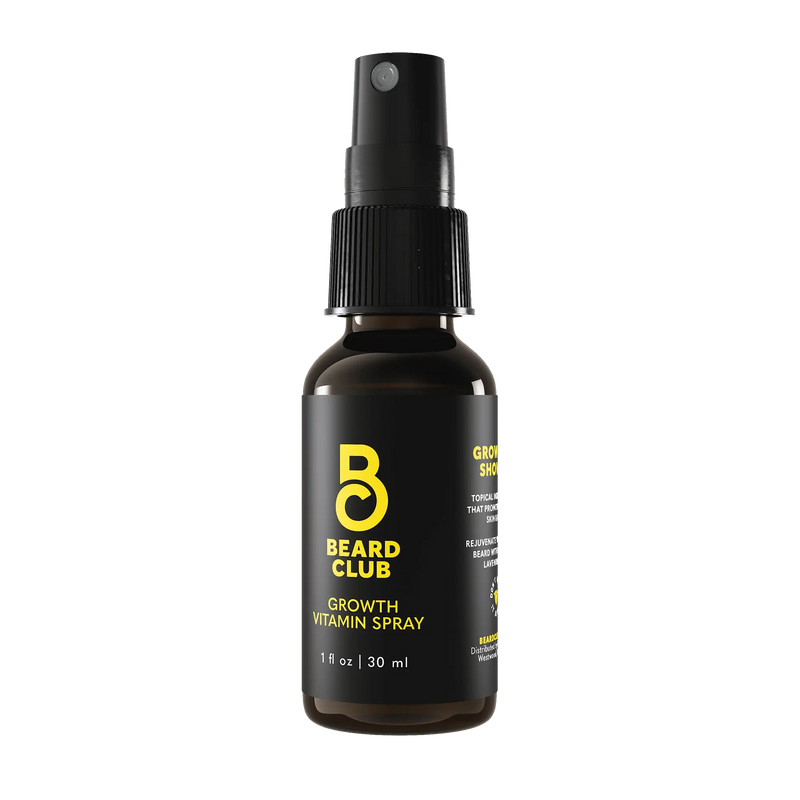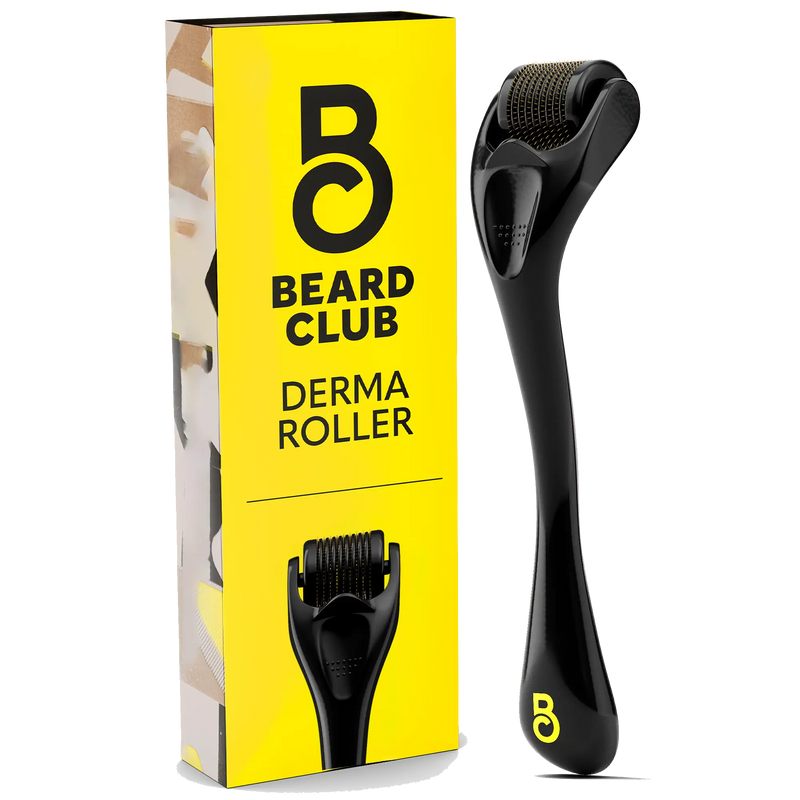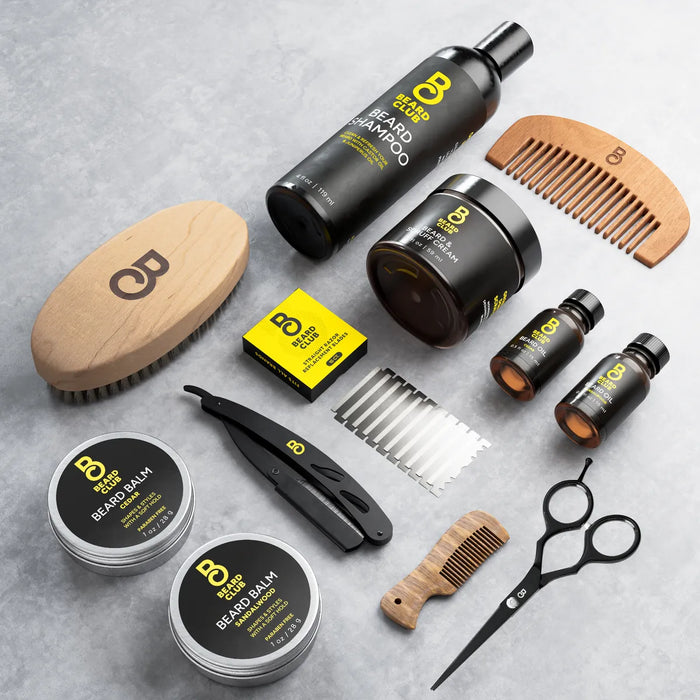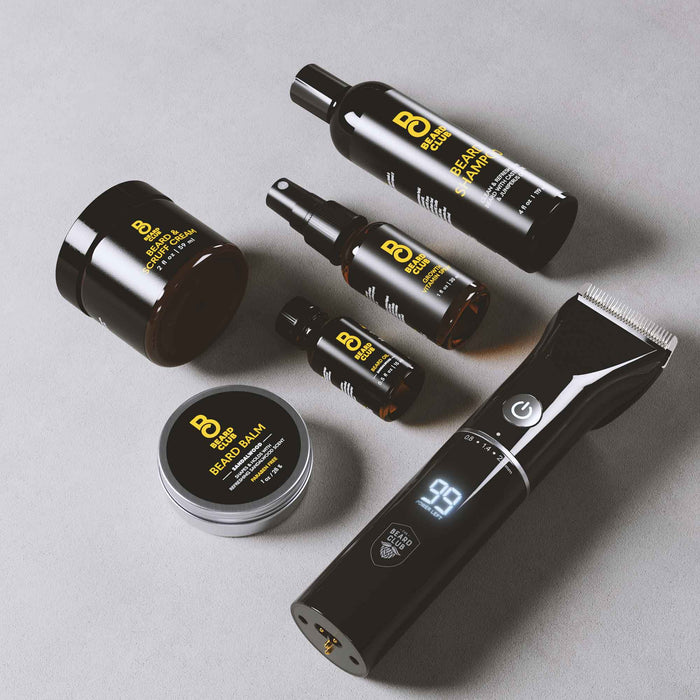11 Best Shaving Tips for How to Shave with Sensitive Skin
If shaving leaves your face red, raw, and full of regret, you're not the only one. Sensitive skin makes every pass of the blade feel risky. One wrong move and you're dealing with razor burn, bumps, or that stinging irritation that hangs around all day.
Most standard shaving routines just aren't made for sensitive skin. Harsh ingredients, dull blades, and rough techniques can do more damage than good. But that doesn't mean you have to ditch the razor. With a little extra care and the right routine, you can get a clean, smooth shave without wrecking your skin in the process.
What Problems Come with Shaving Sensitive Skin?
Sensitive skin reacts quickly, and shaving is often a trigger for irritation. If you’re dealing with discomfort after every shave, here are the most common culprits to look for:
Razor burn: A red, irritated rash that stings or feels hot to the touch. It often appears immediately after shaving, especially if you pressed too hard, shaved too quickly, or used a dull blade.
Redness and dryness: Your skin might look blotchy or feel tight and flaky after shaving, especially if you're using harsh products or skipping moisturizer.
Ingrown hairs: These happen when shaved hairs curl back into the skin instead of growing out, causing red bumps, inflammation, or even painful little cysts. Ingrown facial hairs are most common on the neck and jawline.
Razor bumps (aka pseudofolliculitis barbae): Similar to ingrown hairs, but more inflamed. Razor bumps can itch, swell, and linger for days.
If any of these sound familiar, your skin is giving you clear signals that your shaving routine needs a reset. Good news: you're about to learn exactly how to do that.
1. Know Your Skin: Map Growth & Trouble Spots
Everyone’s hair grows a little differently, and therefore, shaving experience and irritation vary as well. Some men experience razor burn on their neck, while others struggle with bumps on their jawline. Take a few days off shaving and study your growth pattern in the mirror. Run your hands over your face to see which direction the hair naturally lies.
Once you know your growth map, you can shave with the grain and avoid areas that need extra care. You’ll also spot those zones that always flare up, so you can prep them better or give them more time between shaves. Personalization is key when your skin reacts to every pass.
2. (Optional) Exfoliate, But Don’t Go Overboard
Gentle facial exfoliation once a week can help clear away dead skin cells, prevent ingrown hairs, and keep your razor from getting clogged during shaving. It also smooths the surface of your skin, which means fewer snags and a closer glide.
Just don’t overdo it. You're prepping for a smooth shave, and if you’re exfoliating with harsh products or too often, it can strip your skin’s natural barrier and leave it feeling raw or inflamed. Stick to a mild exfoliator and use it sparingly to keep your skin fresh without overexfoliating and causing irritation.
3. Start With a Clean Slate

It sounds basic, but cleansing your face before shaving is crucial. Dirt, oil, and dead skin cells can clog your razor and increase the chance of irritation, especially if your skin is already prone to flare-ups. A clean canvas means a smoother glide and fewer chances for razor bumps to crash the party.
Use warm water and a gentle cleanser to wash your face. This helps soften your facial hair and lifts it away from the skin, setting you up for a closer, more comfortable shave. The warm water also opens up your pores, making it easier for the blade to do its job without tugging. It’s a simple step, but it makes a big difference. Think of it as the warm-up before the main event.
4. Use a Pre-Shave Oil
This one’s a game-changer. A quality pre-shave oil adds a slick layer of protection between your skin and the blade, helping reduce tugging, friction, and the irritation that usually follows. It softens your facial hair and prepares the skin underneath, allowing your razor to glide smoothly instead of scraping or easily nicking.
Look for oils that contain natural ingredients like jojoba or grapeseed. They’re lightweight, absorb easily, and won’t clog your pores. Pre-shave oil also helps lock in moisture for a smooth, close shave. Apply a few drops, massage it in, and give it a minute before lathering up. You’ll feel the difference on the very first pass.
5. Choose the Right Shaving Cream
Not all shaving products are created equal. If your skin feels tight, itchy, or inflamed after shaving, your foam or gel may be part of the problem. Many traditional drugstore foams are packed with alcohol, artificial fragrance, and harsh detergents that strip your skin and leave it even more irritated. That’s the last thing sensitive skin needs.
Instead, reach for a shaving cream that’s made specifically for sensitive skin. You want something that hydrates while it protects, with ingredients like shea butter, aloe vera, or chamomile. These help calm your skin while creating a cushiony glide for your razor.
6. Shave With the Grain
Shaving against the grain might feel like a closer shave in the moment, but especially for sensitive skin, it’s more likely to cause razor burn, bumps, and ingrown hairs.
Shave with the grain. It’s gentler, causes less friction, and your skin will thank you later. If you need a closer finish, re-lather and go across the grain instead. Just make sure you know your hair’s growth pattern. It can change across your face and make a big difference in how your skin reacts.
7. Choose The Right Razor (Use Fewer Blades)

It’s easy to assume that more razor blades equal a better shave. But for sensitive skin, that’s not usually the case. Multi-blade razors can actually cause more harm than good by scraping the same area several times in a single stroke. Repeated contact can build friction, leading to razor burn, skin irritation, and ingrown hairs.
Consider simplifying your setup with a high-quality single-blade razor that can provide a close, comfortable shave without overdoing it. You’re not missing out on performance. In fact, your skin might thank you for the change.
Want to really dial it in? Try a straight-edge razor. It takes a bit of technique and care, but it offers maximum control and precision. Plus, with just one sharp blade making contact, you drastically reduce your chances of skin irritation. It's a classic tool for a reason, and when used correctly, it can deliver one of the cleanest shaves available.
8. Rinse Often, Shave Smooth
Every few strokes, rinse your razor under warm water. It keeps the blade clean, sharp, and free of buildup. A clogged razor tugs at hairs instead of cutting them cleanly, which is a one-way ticket to redness, bumps, and uneven results.
Warm water also helps soften the hair follicles and keeps your skin relaxed as you go. Whatever you do, skip the sink slap. Tapping your razor on the edge might feel satisfying, but it can bend or dull the blades, and dull blades are the enemy of sensitive skin. Just rinse, shake off the excess, and keep gliding.
9. Limit Multiple Passes
We get it. The temptation to keep touching up that one stubborn patch is real. However, repeatedly going over the same area can wear down your skin and lead to razor burn, redness, and irritation. Sensitive skin isn’t built for multiple passes without some backup.
If you missed a spot, rinse the area and reapply a bit of shaving cream or gel before going back in. That fresh layer helps reduce friction and gives your skin a fighting chance. Never do a second pass on dry skin. That’s a fast track to discomfort, no matter how careful your shaving technique is.
10. Cool Down and Moisturize
Cold water helps close your pores and calm your skin after shaving, reducing redness and the post-shave heat. It might feel like a shock at first, but your skin will thank you. After you rinse, pat (don’t rub) your face dry with a clean towel.
Next comes the crucial part: rehydration with aftershave care. Skip the old-school, alcohol-heavy aftershaves that sting and dry your skin out. That burn? It’s not doing you any favors. Instead, reach for an alcohol-free aftershave balm or moisturizer specifically made for sensitive skin. Look for calming ingredients like witch hazel, aloe vera, or calendula to soothe and repair.
And don’t sleep on beard oil or beard balm, even if you’re clean-shaven or just keeping stubble. These products are packed with nourishing oils that help hydrate the skin and prevent that tight, dry feeling. Rub a few drops of beard oil into your hands and massage it into your skin and facial hair for a smooth, refreshed finish.
11. Know When to Give It a Break

If your skin’s red and raw, take the hint. It’s perfectly fine to skip a shave and let your face recover. Sensitive skin needs time to heal, especially after irritation.
Use the break to focus on hydration. A calming moisturizer or a few drops of beard oil can help soothe inflammation and rebuild your skin barrier. For extra recovery, layer on a gentle beard cream before bed.
Think of it like rest days at the gym. Your skin does its best work when it’s not constantly being pushed to the limit. Let it breathe, heal up, and when you’re ready to shave again, it’ll be smoother sailing.
Your Skin Is Trying to Tell You Something
Here’s the truth. Irritation or shaving rashes aren’t just a side effect. It’s feedback. If your skin is always red, bumpy, or burning after you shave, that’s your body saying, “Hey, this routine isn’t working for me.”
It could be your razor or your skincare products. It could be the way you’re shaving, or what you’re putting on afterward. But whatever the reason, it’s not something you have to live with.
With a little experimentation, you can create a shaving routine that works with your skin, rather than against it. Pay attention to what feels good, and don’t be afraid to tweak things until it clicks.
If you find that your skin is persistently irritated, consider speaking with a dermatologist for a proper skincare routine and recommended products to help you achieve the right balance.
Frequently Asked Questions
Q: How often should I shave if I have sensitive skin?
A: Try shaving every other day, or even every few days, to give your skin time to heal between sessions.
Q: Is wet shaving or dry shaving better for sensitive skin?
A: Wet shaving is usually better. It softens hair and reduces friction, especially when used in conjunction with a gentle shave gel or cream and warm water.
Q: What type of razor works best for sensitive skin?
A: Single-blade, or safety razors, offer more control with less irritation. Electric razors with high-quality blades can also be a good fit. Avoid disposable razors that may have dull, flimsy blades.
Q: Why does my neck always get irritated?
A: The neck is a common problem area for men. The hair there often grows in different directions, so mapping your hair growth can help you shave more effectively and reduce irritation.
Smooth Shouldn’t Sting
A clean shave shouldn’t come with a side of regret. If you’ve been dealing with razor burn, redness, or bumps, you’re not alone. There’s a better way.
Follow these tips. Listen to your skin to help you find the right products. Keep it simple, and stick with what works. And if you ever need backup, The Beard Club has a lineup of tools, oils, and advice to help you stay smooth without the sting.
Ready to rethink your shave? Your face deserves better. Make irritation-free your new standard.
Sources:
Tips for a Smooth Shave Every Time | Cleveland Clinic
How Regular Shaving Can Damage Men’s Skin | Derm Approach
Guide For Men With Sensitive Skin | Kiehl’s


